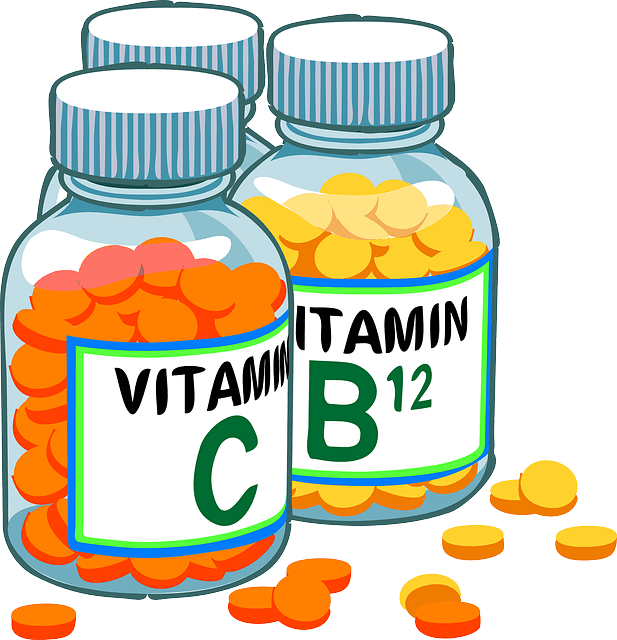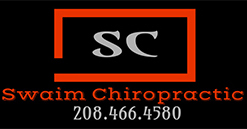
Hello Folks,
What follows is the first of a several part series demystifying supplements and we are going back to the basics. Please enjoy this blog about vitamins written by Abigail.
Cheers,
Ks
Hello friends!
It’s Abbey, here to talk to you today about one of my very favorite subjects: vitamins! Now you might be thinking – Abbey, don’t you talk about vitamins EVERY time? And you would be correct! I do! But this is about something far more general… What exactly IS a vitamin? If you don’t have a great answer to that, never fear and read on! We’re going to learn together about what it means to get all of your vitamins in.
Alright, let’s start at the very beginning – a very good place to start! (Sound of Music anyone?) The first thing that defines a vitamin is that it is an organic molecule. That means that its chemical structure has a carbon base. Spoiler alert: you are also an organic life-form. Most of the molecules that function in our bodies are all organic. [We use inorganic elements (think calcium, magnesium, and other minerals) as activators for these organic molecules.] Vitamins are organic molecules that function to help the body rejuvenate and stay healthy. You need them to function – all of them, in varying amounts. At a base level, they have specific job categories. B vitamins are mostly for metabolism. Vitamins C, E, and A are antioxidants. Vitamin K is for blood clotting, and Vitamin D deals with calcium metabolism (which is a huge deal – but we can talk about that a different time).
There are two categories of vitamins that exist: water soluble and fat soluble. Water soluble vitamins are all the class B vitamins, and vitamin C. Water soluble means that they are dissolved in your body fluids to be used, and they are not very well stored in your systems. You need to eat these every day. What did I say? EVERY DAY. Fat soluble vitamins, on the other hand, are a little bit different. They are absorbed through your small intestine by being conjugated with fat cells and traveling through the body to the places that need them. These vitamins are A, D, E, and K. These CAN be stored in the body, which is why you occasionally hear about people having issues with taking way too much of these. (When this happens it usually means people are ingesting a synthetic form that the body could not absorb and use properly). Deficiencies lead to malnutrition and disease processes. No thanks!
But here’s the deal with all of these vitamins that doesn’t often get considered: they do not exist in a vacuum. In nature, you do not find one single B vitamin by itself. As we’ve talked about before, vitamin C does not exist purely as ascorbic acid. They are all complexes, with many parts that work together for a larger function. Foods very rarely have only one vitamin complex in them, and that’s the deal. Each vitamin is a complex, NOT a single molecule that is isolated. I will reiterate: YOU NEED THE WHOLE COMPLEX. If you don’t get the whole complex, your body will start trying to pull the other pieces from elsewhere, and it is a whole lot more work to process those single synthetic vitamins than it is to absorb something your body recognizes (whole food). I’ll insert here that if you are not getting this in your food, then you need a whole food supplement, not something synthetic that you buy from Costco or Walmart. Standard Process is our choice as health care providers to meet that end.
So, let’s wrap-up our definition here, shall we? A vitamin, then, is a complex organic molecule that exists within a food source to support our body in some specific functional way. There are 14 of them that we need, 10 that must be eaten every day, and the others fairly often as well. If you are having trouble bridging the gap between your food and vitamin needs, come have a chat with us. We want your body to function at its highest, so you can live healthfully and simply.
Cheers to better health!
Abbey BS, CNC
Image by Clker-Free-Vector-Images from Pixabay

Jul 31, 2025 at 2:46 AM
Truth is good; Standard Process, the best.
Jul 31, 2025 at 4:35 PM
You got it sister! Cheers.